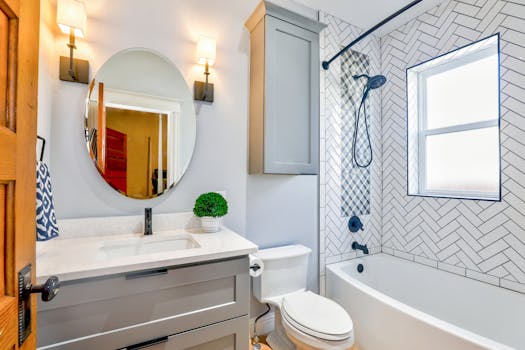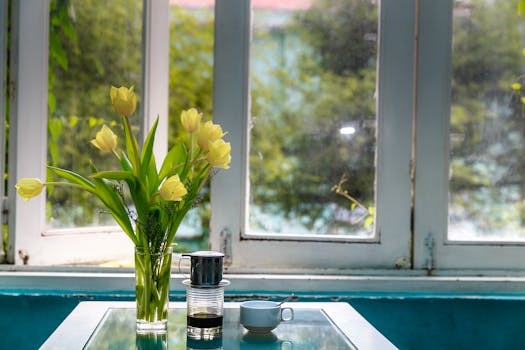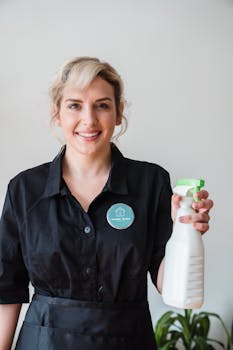Mold, Mildew & Moisture: Preventative Cleaning That Protects Your Home
Mold, Mildew & Moisture: Preventative Cleaning That Protects Your Home
Mold and mildew don’t just make your home look bad—they can damage your health and the structure of your home. These fungi thrive in dark, damp spaces and can spread quickly if left unchecked.
In this guide, you’ll learn how to prevent mold, mildew, and moisture buildup in key areas like bathrooms, basements, and around windows. We’ll also cover DIY and store-bought cleaning solutions, plus long-term prevention strategies to help keep your home safe and dry.

Bathroom: Combat Steam and Standing Water
Why It Matters:
Bathrooms are naturally humid environments. Without proper ventilation and drying, mold will thrive around showers, sinks, and tile grout.
Prevention Tips:
Use an exhaust fan and run it for 20–30 minutes after bathing
Wipe down shower walls and doors with a squeegee
Clean grout weekly with vinegar or hydrogen peroxide
Seal grout lines every 6–12 months
Leave the curtain or shower door open to dry
Keep the bathroom door open to promote airflow
Pro Tip:
Use mildew-resistant shower curtains and wash them monthly with hot water and vinegar.

Windows: Tackle Condensation Before It Spreads
Why It Matters:
Window condensation creates a perfect environment for mold growth on sills, walls, and trim, especially in winter or humid climates.
Prevention Tips:
Re-seal windows and check caulking twice a year
Use window insulation kits during colder months
Wipe condensation daily (especially in bedrooms)
Use moisture absorbers on window sills
Keep humidity under 50% using a dehumidifier or better ventilation
Bonus Tip:
Add moisture-absorbing indoor plants like peace lilies or Boston ferns—but don’t overwater them.

Basements: Control Humidity and Prevent Leaks
Why It Matters:
Basements are naturally damp and often poorly ventilated, making them hotspots for serious mold problems.
Prevention Tips:
Run a dehumidifier (especially in summer or when humidity exceeds 60%)
Install a sump pump to handle water pooling
Insulate pipes and basement walls
Use tile, vinyl, or sealed concrete instead of carpet
Store items in plastic bins and leave space between items and walls
Inspect for cracks or damp spots and seal them
Quick Fix:
Install weatherstripping around basement windows and doors to block moisture intrusion.

DIY & Store-Bought Mold Removers
Safe DIY Options:
White Vinegar Spray: Spray directly, let sit for 1 hour, scrub
Baking Soda Paste: Combine with water, scrub grout and tile
Hydrogen Peroxide (3%): Apply to surface, let sit 10 minutes, then scrub
Store-Bought Products:
Concrobium Mold Control – Non-toxic, EPA-registered, leaves a protective layer
RMR-86 – Fast-acting formula for visible stains
Mold Armor FG502 – Strong and safe for tile, tubs, and vinyl

Other Smart Tips to Prevent Mold
Use a hygrometer to monitor home humidity (ideal range: 30–50%)
Install mold-resistant drywall or paint in laundry rooms and bathrooms
Ventilate attics and crawl spaces properly
Clean gutters and downspouts to prevent water buildup near the foundation
Fix leaks fast — mold can begin growing in as little as 24 hours
Final Thoughts
Mold prevention starts with small, consistent habits—not big, expensive fixes. From ventilating after showers to sealing basement cracks early, every small step reduces your risk.
Don’t wait until the smell or stains show up. Take control of moisture today—and keep your home safer, healthier, and mold-free for the long run.
Disclaimer
This blog post is based on publicly available information, cleaning best practices, and product reviews. All advice is general and should be tailored to your home’s unique needs. Always test any cleaning product in a small area before applying broadly. Here 2 Clean LLC is not affiliated with or sponsored by any products mentioned.
Resources
This guide was created using trusted sources for accuracy and effectiveness:
